-
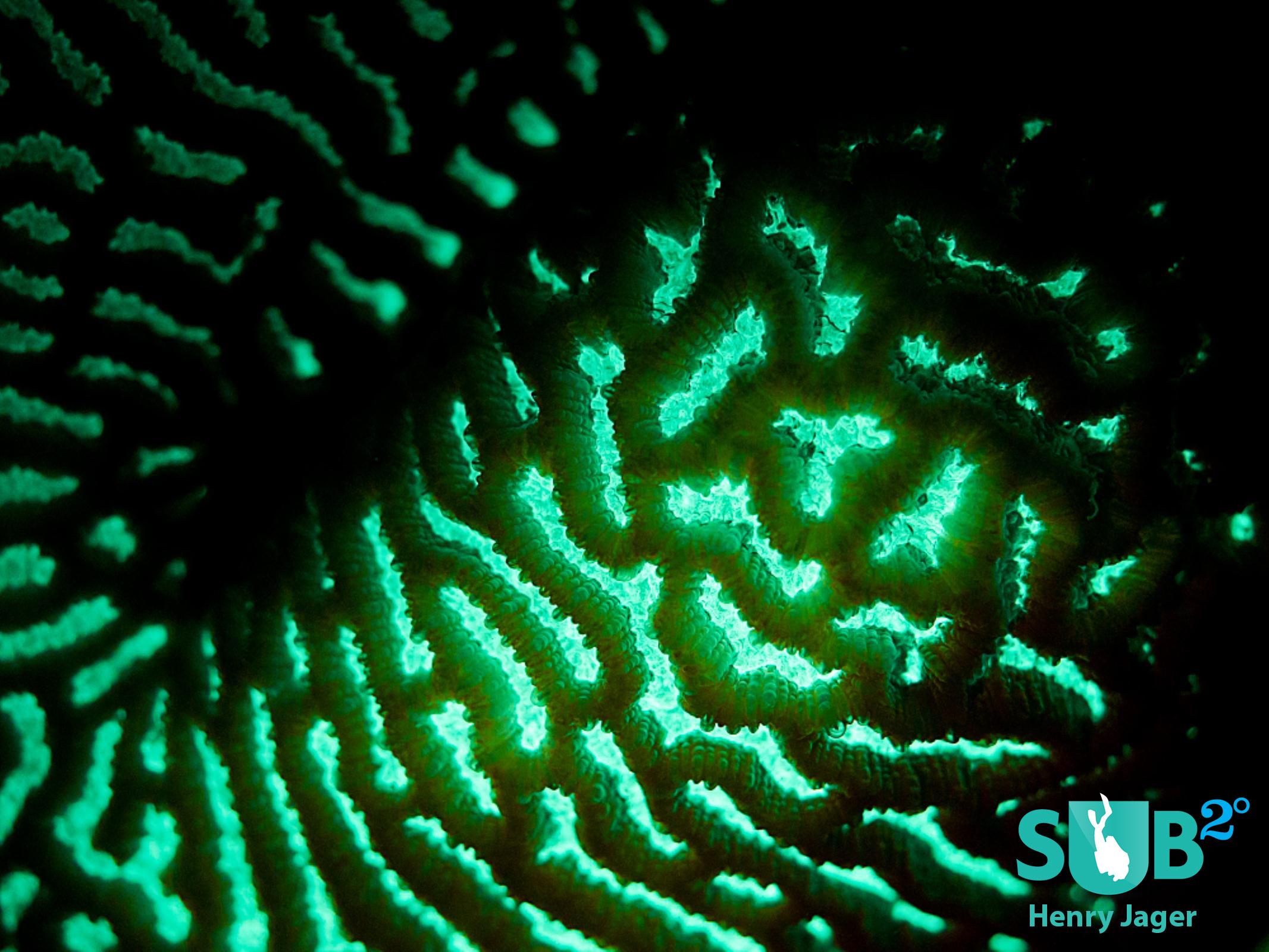
Fluorescence - Lettuce Coral
Lettuce coral. Depending on the angle of the light beam hitting the coral, dark areas or really glowing ones appear. -
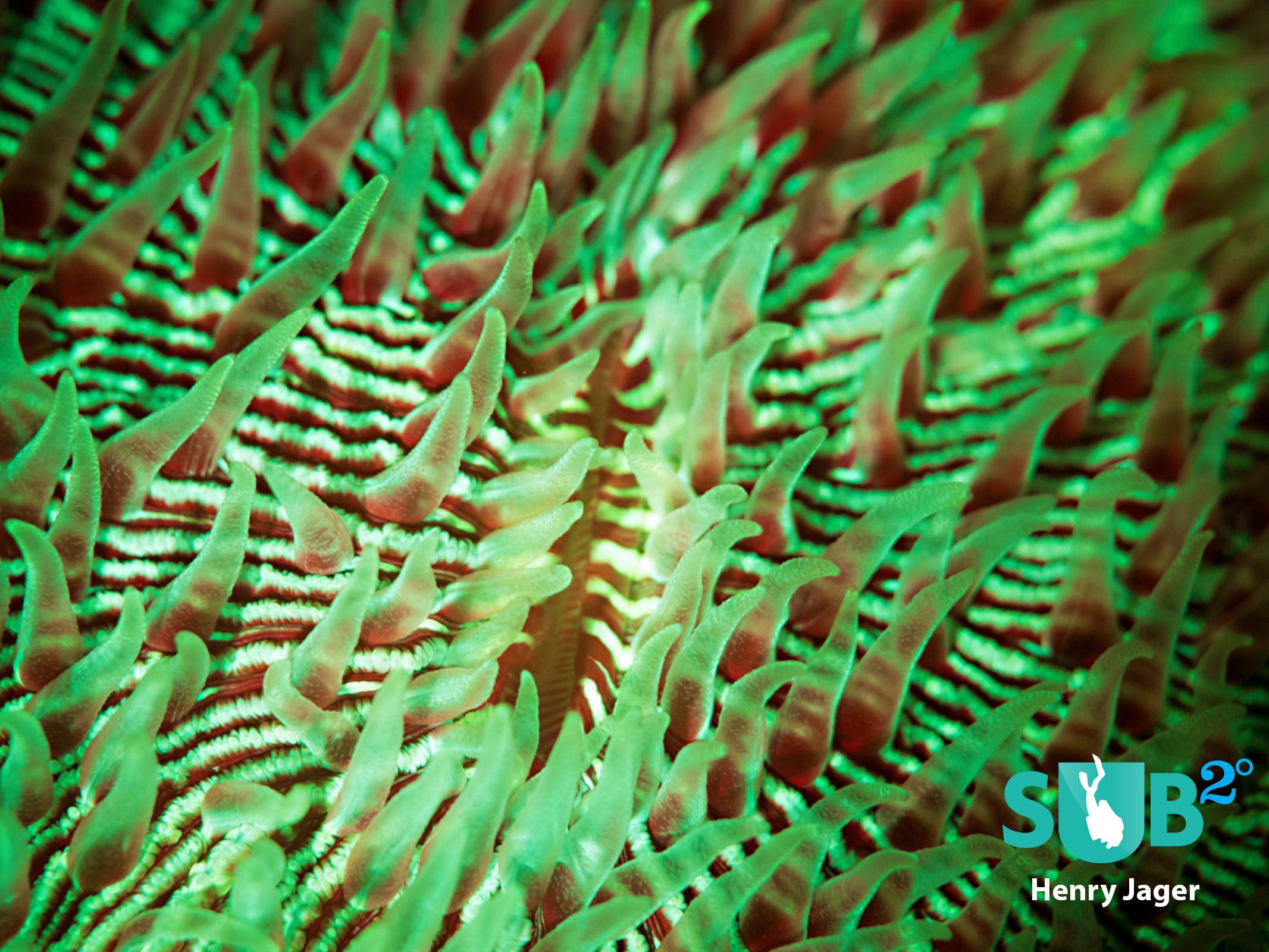
Fluorescence - Mushroom Coral
This mushroom coral has green and red fluorescence. -
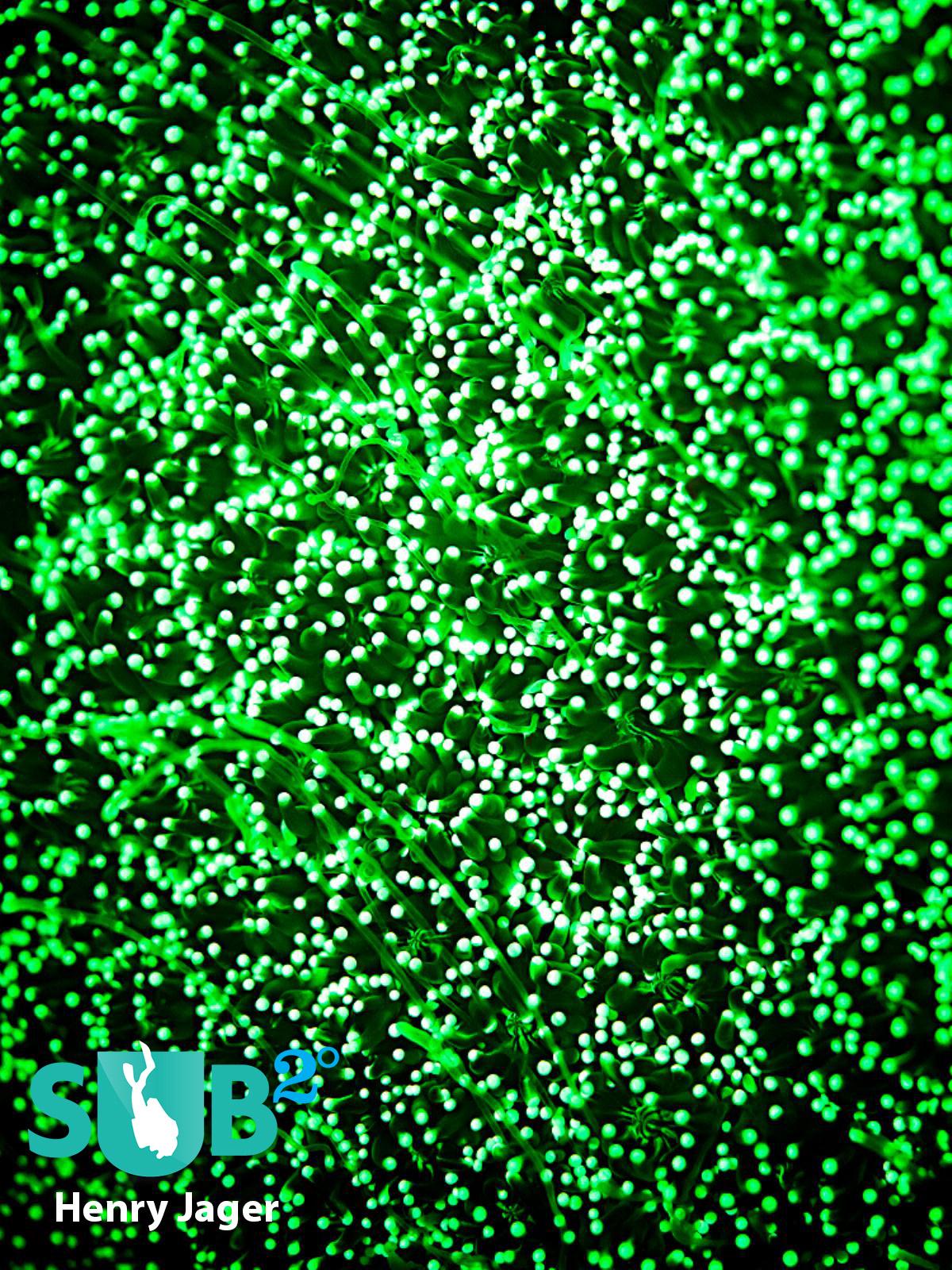
Fluorescence Dive
Green fluorescence is the most common. A protein, the green fluorescent protein (GFP) is responsible for this effect. -
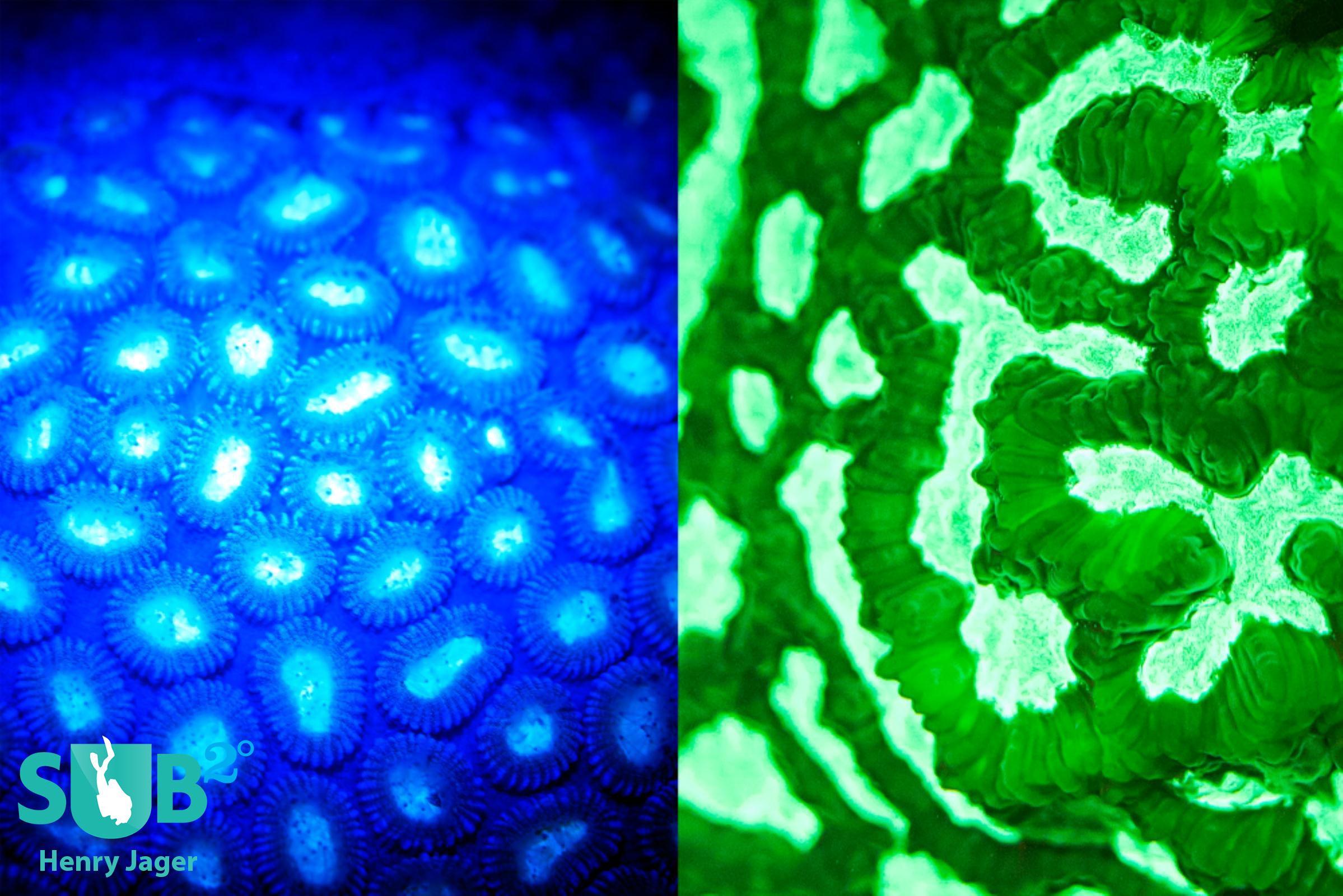
Yellow Filter Effect
Left: We see a mixture of blue light and fluorescence. Right: The yellow filters eliminate blue light and pure fluorescence is achieved -

The SolaTM NightSea from Light & Motion
The SolaTM NightSea from Light & Motion admits visible Blue light around 450nm. To eliminate this light you need the Filters for mask and camera.
Spacy Night dives - Discover Underwater Fluorescence
Here’s something fascinating: The reef of Ligaya (Occidental Mindoro, Philippines) appears in deep red. Deep red in between green glowing structures are derived from the coral surfaces. Is this a fantasy? Nitrogen narcosis? Drugs? No, these effects on the reef come from the short wavelength, energy rich blue light of the SolaTM NightSea from Light & Motion. This light activates fluorescence, and fluorescence is omnipresent in the underwater world.
What is Fluorescence?
Fluorescence is when a short wavelength light (here blue light at 450 nm) is absorbed by the subject, and due to the light input, emits a longer wavelength light of another color. In our case, most of the coral surfaces emit light at about 500-550 nm, which is a green color.
Responsible for this effect are several proteins like the green, yellow or red fluorescent proteins (GFP, YFP, RFP). The most common is the green fluorescent protein. Basically fluorescence occurs through the entire color range of the visible light.
In contrast to other fluorescent activating torches, which work in the fully invisible UV-range, the SolaTM NightSea from Light & Motion activates a much more powerful fluorescence. This is a big advantage, on the one hand for the experience itself, and on the other hand for taking pictures.
How to Take Pictures
If you want to photograph this spectacular light show, you have to face some serious but not insuperable hurdles. The critical issue lies, like so many times in underwater photography, the available light. Getting crisp sharp fluo pictures needs planning and experience.
The SolaTM NightSea from Light & Motion emits visible blue light. We have to eliminate it and therefore we need accessories for our cameras and ourselves: the yellow mask and the yellow filter. Clutched over the diving mask and on the port of the underwater housing, the fun can begin!
The torch itself comes with a convenient hand strap, which is very nice for divers. For photographers, there are many other possibilities to attach the torch on the housing or even better on a so-called Fantic Fotoframe. For example, you can use a Photo Mount & D-Ring Combo Kit or the YS Mount Kit. This frees your hand to hold the camera more stable or even take a stick for stability support.
The fluorescent light is weak (red tones) to bright (green or yellow tones). But on average, it's too low for a convenient photograph. A fast lens is highly recommended, as it allows us to reduce shutter speed and close the aperture, at least a bit to achieve some more depth of field. Getting the subjects in focus and without motion blur on the sensor is the main goal.
We need to stabilize our position underwater. As mentioned above, we only have a small depth of field available. Perfect buoyancy is absolutely inevitable. Additionally, a stick can help to fine tune your movements and keep the right distance to the subject. Don't forget, we are on a night dive with limited, but spacy light.
Increase the ISO Values is another support. But be careful about the noise high ISO produces.
Now we learned enough to try this for ourselves. Watch out for inspiring subjects: coral surfaces, for example, of stony corals, porous star corals and other star corals, mushroom corals, brain corals, frogspawn corals, frilly lettuce corals and much more. Sea anemones or clams can also be fluorescent. Even some fishes!
Just go ahead and try your luck. Fluorescence diving is real fun! Do your Buddy a favor and carry a second mask with you!
Tips & tricks for successful underwater fluorescence photography
- Use a fast lens.
- Correct shutter speed, not exceeding the minimum required. Remember the old rule: shutter speed = 1 / analogue focal length. Depending on how good you image stabilizer is, you can go somewhat slower.
- Open the aperture to get more light on the sensor, but not too open, otherwise you lose too much depth of field.
- Increase ISO to get more freedom of action regarding shutter speed (Motion blur) and aperture (depth of field).
- Get yourself into a stable position (buoyancy, stick).
- Be aware of an 'as vertical as possible' angle of incidence for your blue light beam.
- Macro is nice! But according to the reef, a wide angle is possibly worth a try.
- Needless to say: No flashlight, as it destroys the entire effect of fluorescence.
Further Reading:
- Advice on Scuba Diving in Philippines
- Directory of Scuba Dive Shops in Philippines
Featured Posts
-
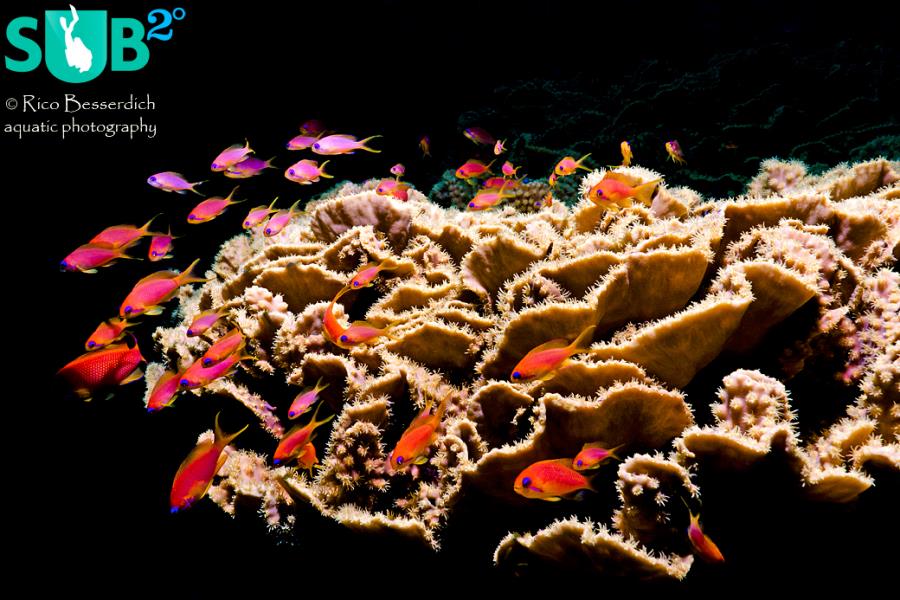
Please "Like" My Photo!
Once you've made some cool underwater shots, you would love to have more people notice your photos, for example by sharing them on Facebook. A path full of potential but lots of nasty obstacles on the way. Let's have a look!
-
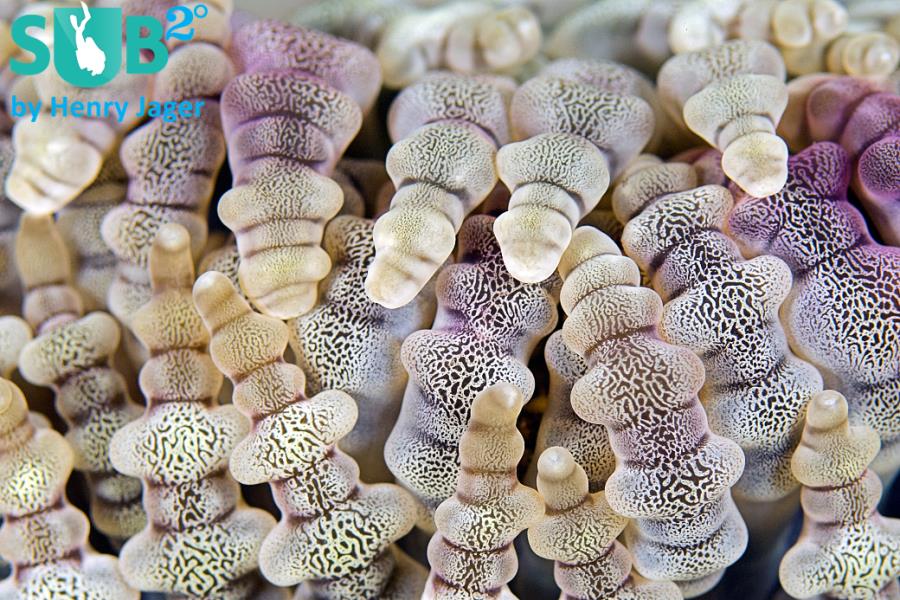
Reef-Art: Looking at the Reef...
Reef-Art shows fascinating insights to an underwater world, 99% of the divers never see. Reef-Art is the "Fine Art" of macro photography. It's a passion! The passion to bring your audience something they don't expect, they h...
-
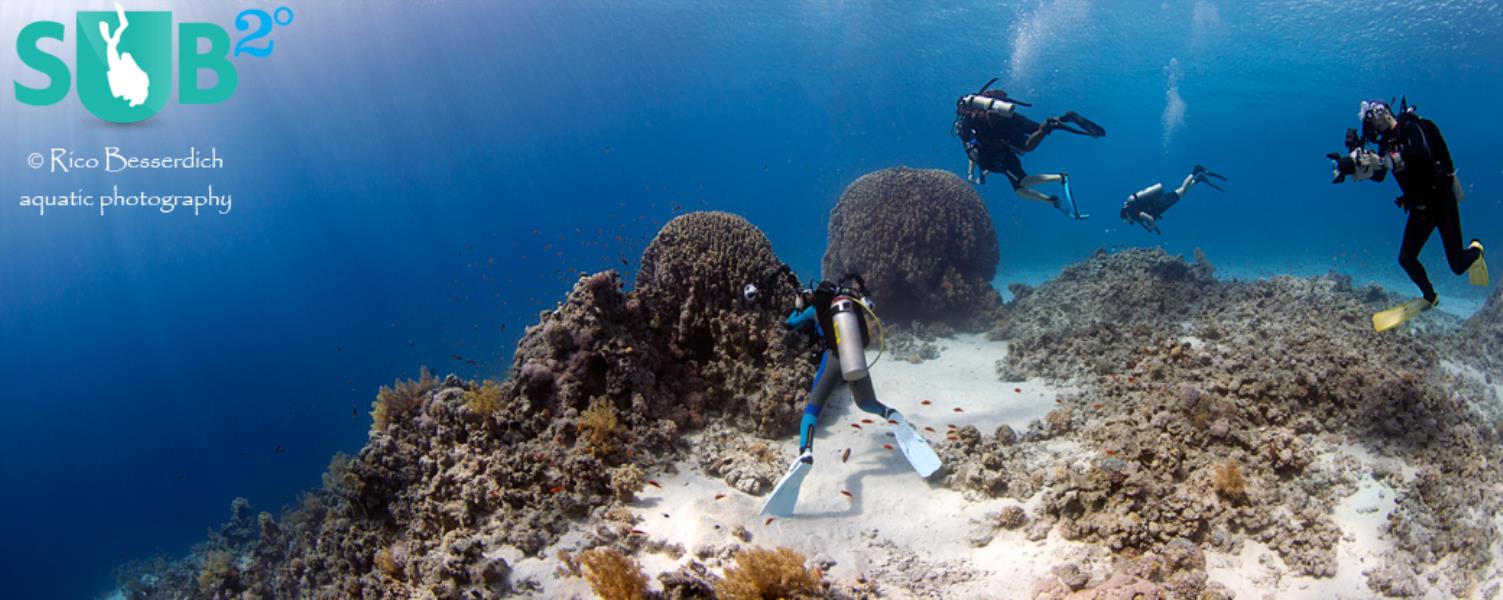
Underwater Photography: Shoot...
Are you ready for huge perspectives in your underwater photographs? Wide-angles are fine but do you want it even wider? Time to check out underwater panorama photography!
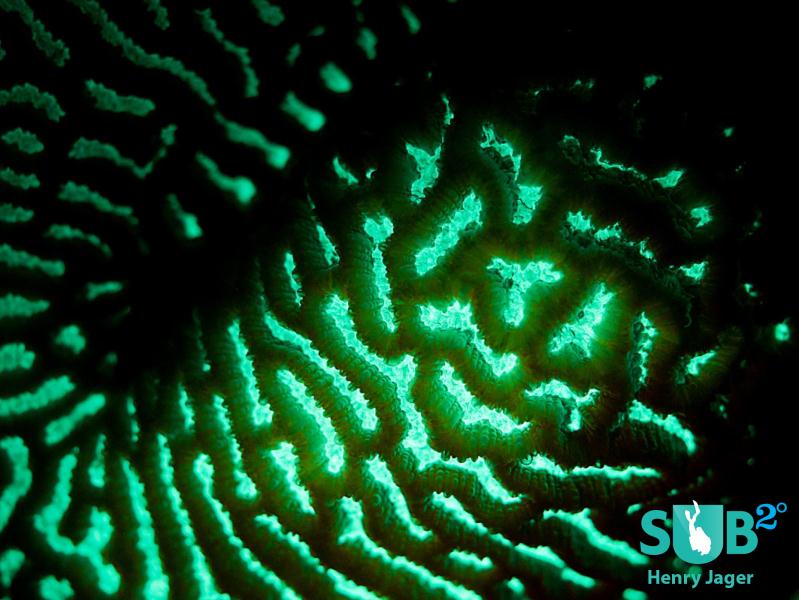
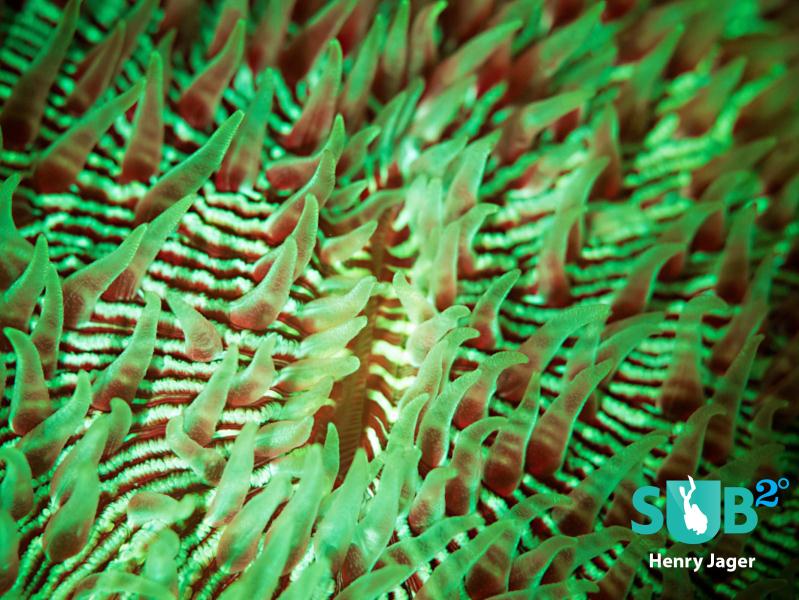
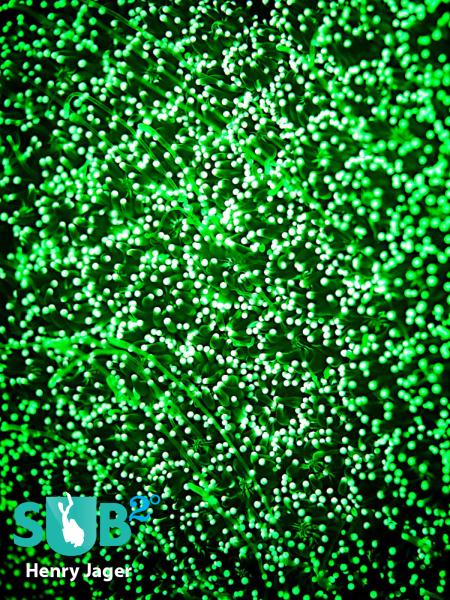
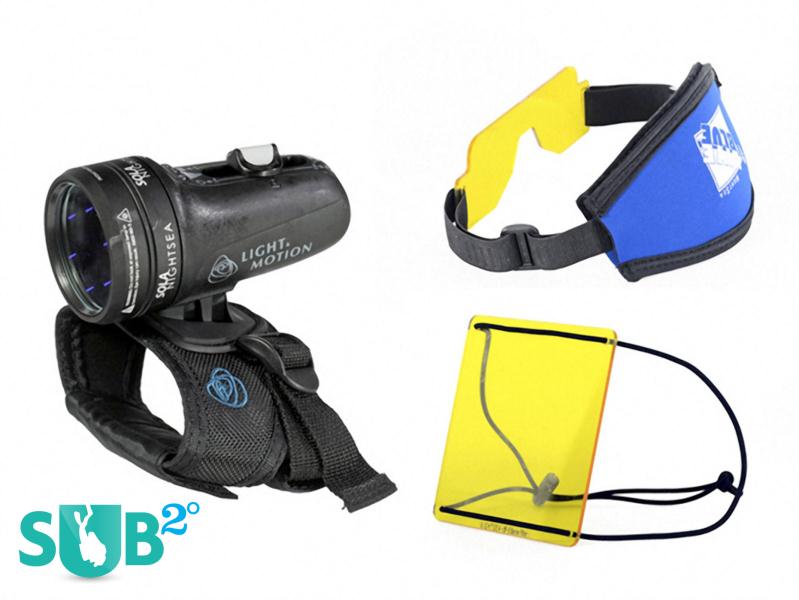
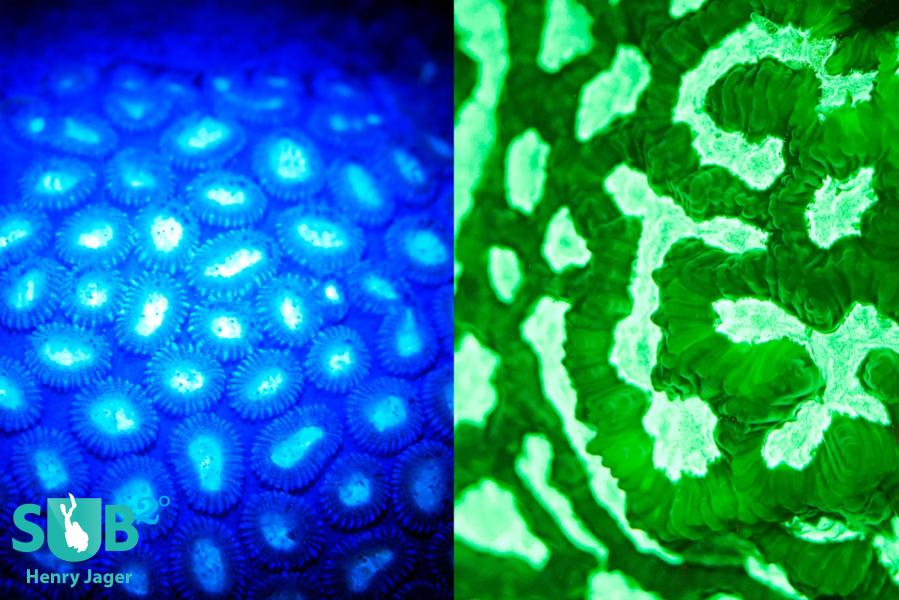


Load more comments